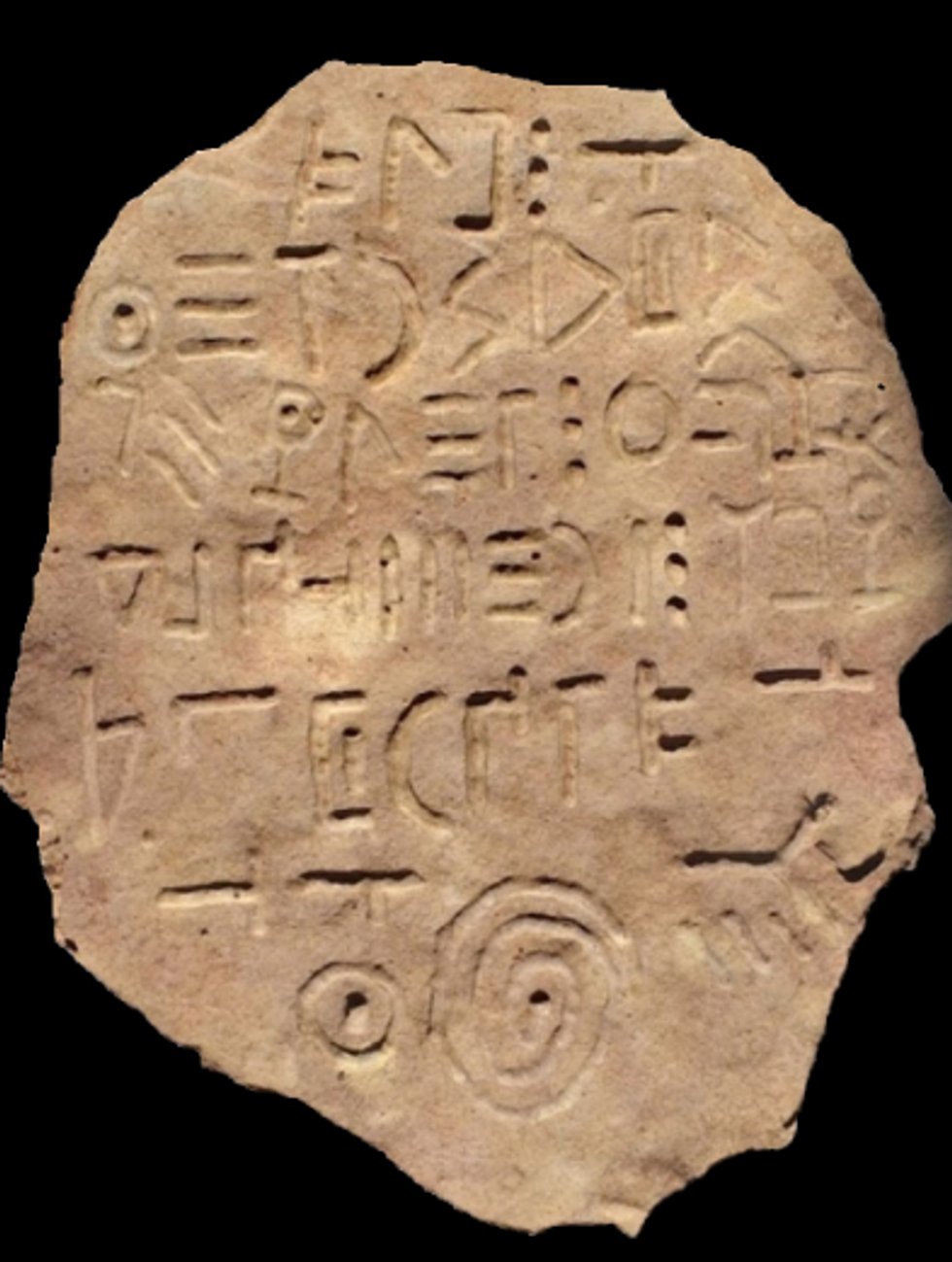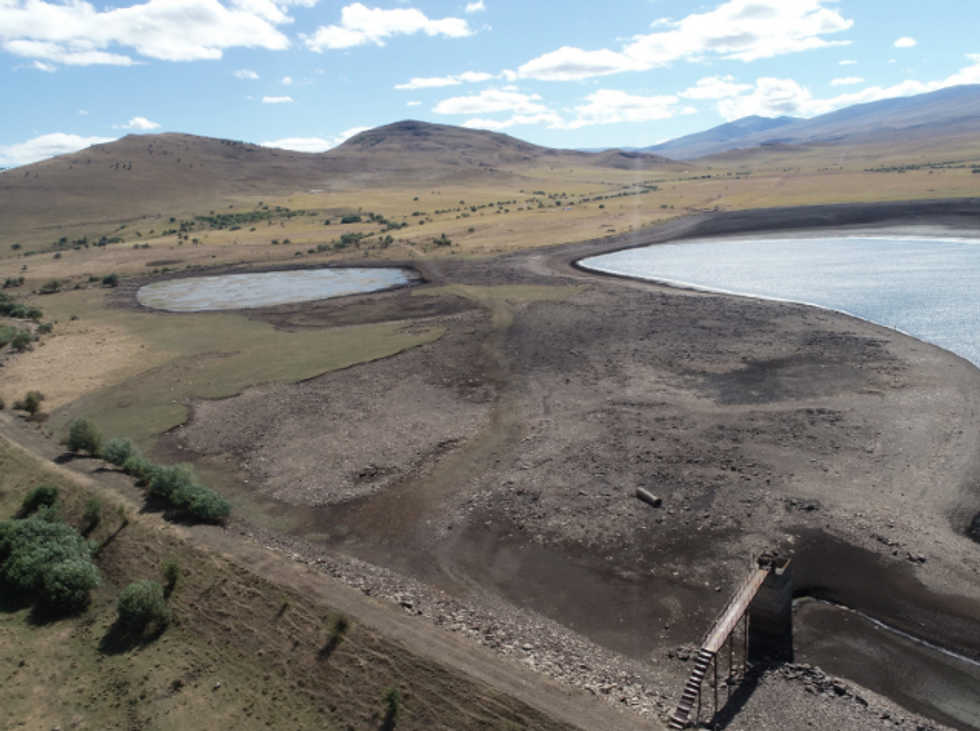Archaeology breakthrough as scientists discover stone tablet in Georgia with 'ancient lost language' NEVER seen before
The ancient tablet features 60 characters arranged in seven rows, with 39 unique symbols
Don't Miss
Most Read
A mysterious stone tablet containing an unknown ancient language has been discovered in Georgia's Bashplemi Lake, leaving archaeologists puzzled over its origins.
The remarkable find occurred in 2021 when local fishermen spotted the basalt slab buried in lake silt during a particularly dry season.
The ancient tablet features 60 characters arranged in seven rows, with 39 unique symbols that don't match any known writing system.
Whilst experts have been unable to chemically date the artefact, they believe it could originate from the late Palaeolithic age, potentially around 14,000 years ago.

The ancient tablet features 60 characters arranged in seven rows, with 39 unique symbols
|Ramaz Shengelia, 2024
The tablet's inscriptions reveal a sophisticated level of craftsmanship, created through a meticulous two-step carving process.
Ancient artisans first drilled notches to outline each symbol, then used a rounded tool to smooth out the patterns.
This technique resulted in a series of distinctive curving shapes, lines and dots that archaeologists describe as 'developed and refined' for its era.
The closest matching symbols can be found in Proto-Kartvelian, an ancient language spoken in the fourth millennium BC that preceded modern Georgian.
Similar shapes have also been identified on ancient seals used by officials in pre-Christian Georgia during the early Iron Age.
While the symbols don't match any known script exactly, researchers have noted intriguing similarities to various ancient writing systems.
In a paper published in the Journal of Ancient History and Archaeology, experts highlighted connections to scripts from the Middle East, India, Egypt and Western Iberia.
The archaeological site, located in the historical region of Dbaniskhevi, has been inhabited since the early Bronze Age.
Drone surveys of the area around Bashplemi Lake have revealed circular patterns suggesting burial mounds, alongside geometric shapes that could indicate ancient houses, defensive structures and religious sites.
The region shows evidence of long-term settlement, with archaeologists discovering stone and obsidian tools used for processing hides.
Since the language remains undeciphered, researchers have developed several theories about the tablet's potential purpose.
The repeated characters on the stone could represent numbers, suggesting it might be a record of important information.

The tablet was discovered in Georgia's Bashplemi Lake
|Ramaz Shengelia, 2024
Experts propose the inscription could document military spoils, detail an important construction project, or represent an offering to a deity.
The effort required to carve the tablet indicates its message held significant importance to its creators.
The Mansi municipality, where the tablet was discovered, was once home to a thriving civilisation, providing context for such an important historical record.
The tablet's location has sparked interest in its potential connection to ancient Greek mythology.
The region where the tablet was found corresponds to the historical land of Colchis, famously featured in the tale of Jason and the Argonauts.
Ancient Greek sources mention that the Colchian people possessed knowledge of a mysterious 'Golden Script'.
Byzantine scholar St Eustathius of Thessalonica wrote in the year 1115: "The purpose of the Argonautic expedition was to learn the method of the Golden Script."
While traces of the Colchian runes have been lost - likely due to their recording on perishable materials like bone or wood - researchers suggest the Bashplemi tablet could be related to this legendary writing system.
The discovery of the Bashplemi tablet could revolutionise our understanding of ancient writing systems in the Caucasus region.
As researchers note in the Journal of Ancient History and Archaeology, deciphering the inscription 'can become a remarkably interesting and significant event'.
The findings could challenge existing theories about the development of scripts in the region.
However, without additional archaeological excavations in the area, the tablet's true message and its creators remain shrouded in mystery.











